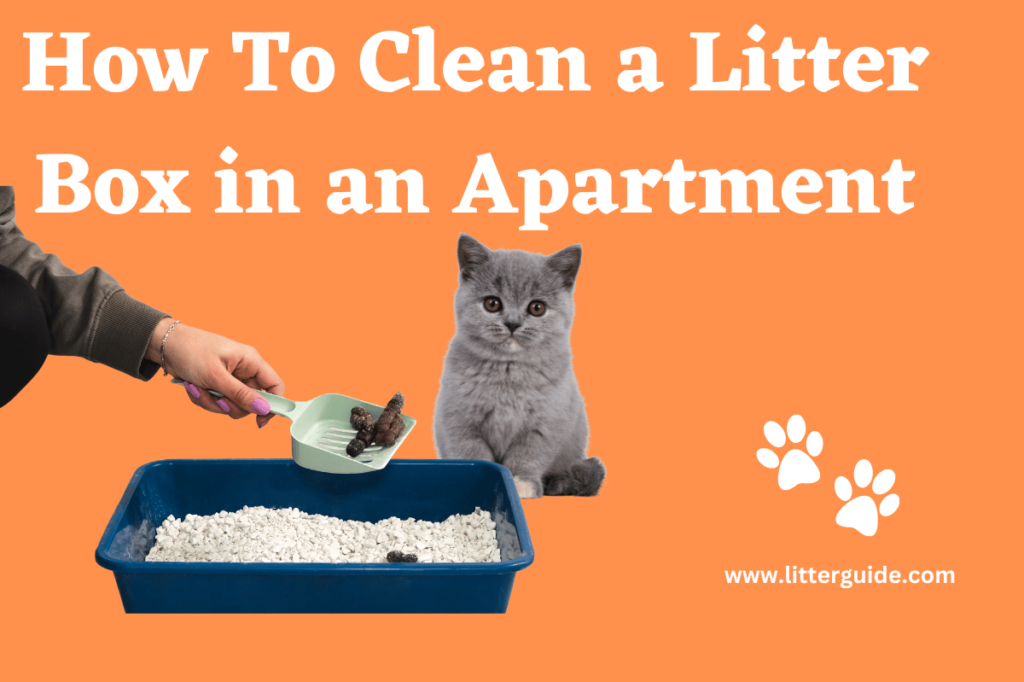Hey there, fellow cat lovers! We all know that our fluffy Cats are a source of endless joy and companionship. But let’s face it – they can also be a bit messy. One of the less glamorous aspects of cat ownership is dealing with kitty litter. It’s not the most pleasant task, but it’s an important one for the sake of your cat’s health and the environment.
In this post, we’ll be discussing the proper ways to dispose of kitty litter. There are different types of kitty litter, and each one requires a specific method of disposal. But don’t worry, we’ve got you covered. By the end of this post, you’ll be a kitty litter disposal pro.
How to Dispose of Kitty Litter:
First things first – let’s talk about the different types of kitty litter. The most common types are clay-based, silica-based, and plant-based. Clay-based kitty litter is made from, you guessed it, clay. It’s the most traditional type of kitty litter and is often the most affordable. However, it can be dusty and doesn’t do the best job of controlling odors.
Silica-based kitty litter is made from silica gel crystals. It’s known for its excellent odor control and absorbency. However, it can be more expensive than clay-based litter and may not be the most eco-friendly option.
Plant-based kitty litter is made from materials like corn, wheat, or wood. It’s a more eco-friendly option, and some cats prefer the texture and scent of plant-based litter. However, it can be more expensive than traditional litters and may not be as effective at controlling odors. Now that we’ve covered the different types of kitty litter let’s dive into the methods of disposal.
Clay-based kitty litter can be disposed of in a few different ways. The most common method is to simply throw it away in the trash. However, it’s important to note that clay-based litter can take a long time to decompose and can clog landfills. To minimize its impact on the environment, consider using biodegradable or compostable litter bags when disposing of clay-based litter.
Silica-based kitty litter is a bit trickier to dispose of. It should never be flushed down the toilet or poured down the drain, as it can cause plumbing issues. Instead, you’ll need to dispose of it in the trash. However, because silica gel is not biodegradable, it’s important to use a litter bag that can be recycled or to repurpose the litter container for another use.
Plant-based kitty litter is the most eco-friendly option, but it requires a different method of disposal. Because it’s made from natural materials, it can be composted. However, it’s important to make sure the litter is fully biodegradable and free from any chemicals or additives before composting. You can also dispose of plant-based litter in the trash, but make sure to use a biodegradable or compostable litter bag.
steps to follow for proper disposal of kitty litter
Here are some general steps to follow for proper disposal of kitty litter:
- Scoop out solid waste daily: This helps reduce odor and makes it easier to dispose of the litter.
- Use a litter scoop: A litter scoop makes it easy to separate clumps from the unused litter. This way, you can throw away only the used litter.
- Dispose of used litter: Once you’ve scooped out the used litter, place it in a plastic bag and tie it tightly. For clumping clay litter, make sure to use a bag that won’t tear easily. You don’t want litter to spill all over your trash can!
- Throw away the bag: Place the bag in your outdoor trash can or dumpster. Don’t forget to tie the trash bag tightly before disposing of it.
Other Considerations for Kitty Litter Disposal:
In addition to the type of litter and disposal method, there are a few other factors to consider when disposing of kitty litter. One of the most important is the location of the litter box. Ideally, the litter box should be located away from food and water sources to minimize the risk of contamination.
It’s also important to clean the litter box regularly to prevent the buildup of harmful bacteria. How often you need to clean the litter box will depend on the number of cats in your household and how often they use the litter box. As a general rule, you should scoop the litter box at least once a day and replace the litter entirely every two weeks.
Conclusion:
Congratulations, you’re now a kitty litter disposal expert! We’ve covered the different types of kitty litter and their respective disposal methods, as well as other considerations to keep in mind when disposing of kitty litter. Remember to choose a litter that works best for your cat’s needs and your lifestyle, and always dispose of it properly to minimize its impact on the environment.
But wait, there’s more! Before we wrap up this post, I thought I’d share a few extra tips for dealing with kitty litter.
Tip #1: Use a litter mat to reduce tracking. Let’s face it, no one wants to step on a stray piece of kitty litter in their bare feet. A litter mat placed outside the litter box can help reduce tracking and keep your floors clean.
Tip #2: Keep a small trash can nearby. Having a small trash can nearby can make it easier to dispose of used litter and reduce the likelihood of odors.
Tip #3: Consider an automatic litter box. If you’re tired of scooping litter every day, consider investing in an automatic litter box. These litter boxes use sensors to detect when your cat has used the litter box and automatically scoop the waste into a separate compartment. It’s a convenient option for busy cat owners!



